Beasts of the Serengeti, exchanging pleasantries with the Maasai, camping out in the bush amid the acacias and elephant dung. When it comes to activities in Kenya, you might think you’ve heard it all before.
Unlikely.
Read on for some lesser-known experiences in Kenya.
1. Breakfast with giraffes
Tea, toast and a dash of giraffe slobber. The large windows of the sunroom at Giraffe Manor are wide open, allowing some guests to pop their heads in, rather than take a seat.
The manor is home to a herd of Rothschild’s giraffes. Don’t forget to close your curtains at night – you never know who might be looking in. About 20 kilometers from Nairobi, this 1930s boutique hotel is set in 12 acres of private land, with a view of the Ngong hills.
As well as giraffes the ranch is home to warthogs, dik diks, birds and bushbuck. A nearby giraffe center is a breeding area for the endangered Rothschild’s giraffes.
Rates for 2015 start at $525 per adult per night and $350 for children. Prices include airport transfers, transportation around the area, meals and drinks (including wine, beer and spirits).
2. Take part in a rally
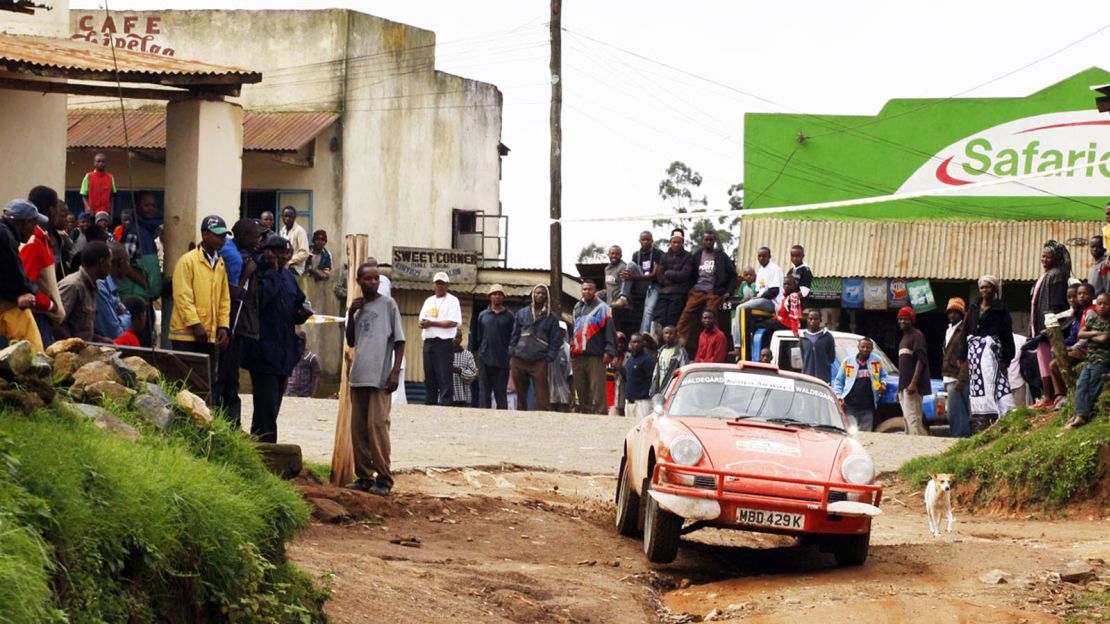
If speed and endurance are more desirable, there’s the East African Safari Classic Rally. The 4,100-kilometer route starts and finishes in Mombasa, pitting some of the worlds’ best “classical” cars and drivers against tough Kenyan terrain.
Drivers dodge wildlife, try not to bust their suspension on boulders and leave competitors eating dust thrown up from Kenya’s roads. The rally was cooked up in 2003 and aims to resurrect the glory days of the East African Safari Rally that started as an endurance race in 1953.
East African Safari Classic Rally, Nairobi; +254 20 445 0030
3. Propose at Africa’s Hogwarts
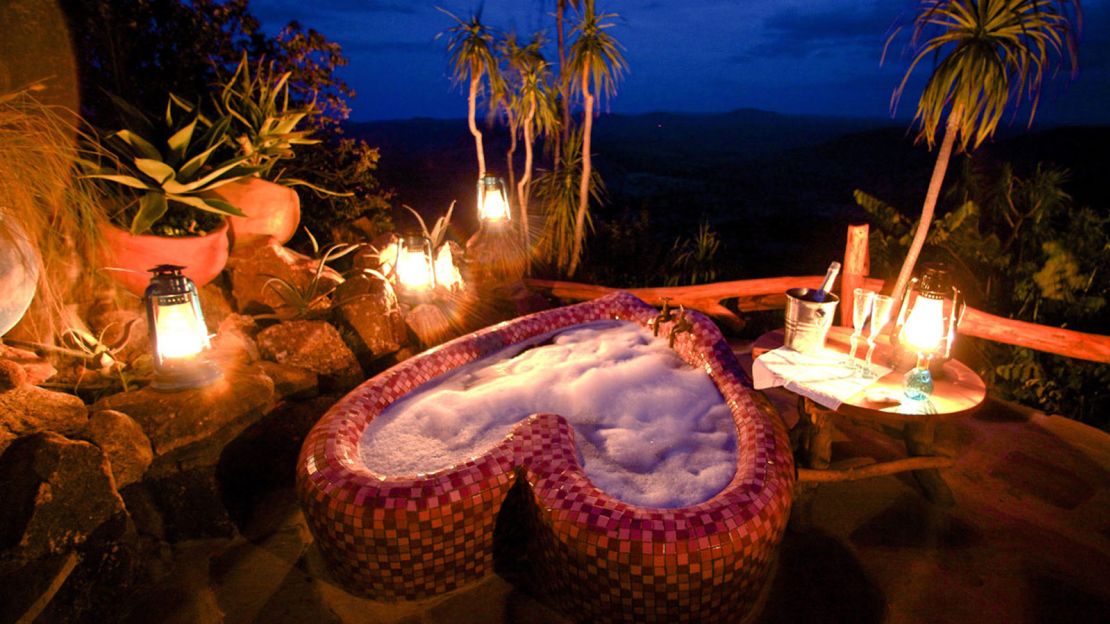
Ol Malo game sanctuary has been previously been named as the No. 1 place in Kenya to pop the question. Travel Africa Magazine describes the quirky design of Ol Malo, made of stone, complete with thatched roofs and the occasional spiral staircase, “as a kind of African Hogwarts.”
Andrew, the youngest child of the lodge’s owners, the Francombes, proposed to his wife, Chyulu, at Ol Malo. He organized a bonfire, champagne, flowers and cushions on a rock overlooking the river.
“I thought it was a belated Valentines Day and started tucking into the bubbly – totally unaware what a gibbering wreck Andrew was!” says Chyulu. “Ol Malo is the perfect place to pop the question. There is so much you can do – just out on the ranch as we did it or in some far off place by chopper.”
Ol Malo is located at the edge of the Laikipia plateau. Contact them through their website for their latest rates. The lodge seeks to give back to the community and has established the Ol Malo Trust to help conserve the culture of the Samburu people.
4. Get married like the Maasai
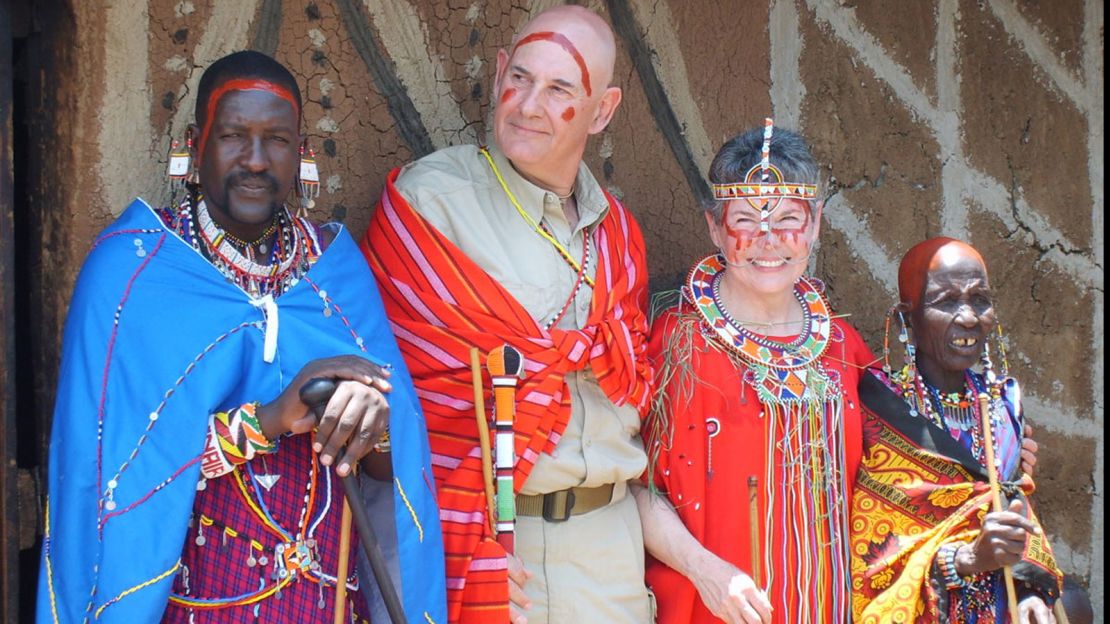
After 46 years of marriage Roger and Laurie Moore decided to remarry – Maasai style. The village chief of Embiti “adopted” Roger while a family in a nearby village took Laurie under their wing.
After decking out Laurie in traditional garb, her face painted by warriors and grass put in her shoe (to symbolize food for their cattle), the bride was ready to be presented to her groom, who was equally made up.
Participants do a celebratory walk from the bride’s village to the groom’s. Dancing and singing Maasai await them and gifts are exchanged and a dowry negotiated.
Turns out Laurie was a bargain: “I was worth one cow and one goat, a very affordable bride!” A Maasai wedding complete with food, a week-long safari, accommodation and transport costs about $20,000.
Maniago Safaris; +254 20 4449461/2
5. Go on a cheese tour

Kenya and cheese – not two things that automatically come to mind. However, 30 minutes out of Nairobi is the award winning Brown’s Cheese factory. Its product has won many accolades, including the South African Dairy Championship and awards from the East Africa Cheese Festival.
Brown’s philosophy is to run the farm “on purely biodynamic and organic principles.”
The factory tour shows how the cheese is made, after which guests can settle down to a cheese platter, followed by a three-course lunch complete with homemade chutneys, bread and homegrown salad. Brown’s also offers cheese-making classes and, for kids, milking sessions with the factory’s Friesian cows.
An afternoon at the farm costs about KES 3,600 ($36) per person and includes up to three glasses of wine or beer. Kids under five are free, 5-11 years rate is KES 500 and 12-plus years rate is KES 1,500. Tours by appointment only.
6. Go on the Rhino Charge
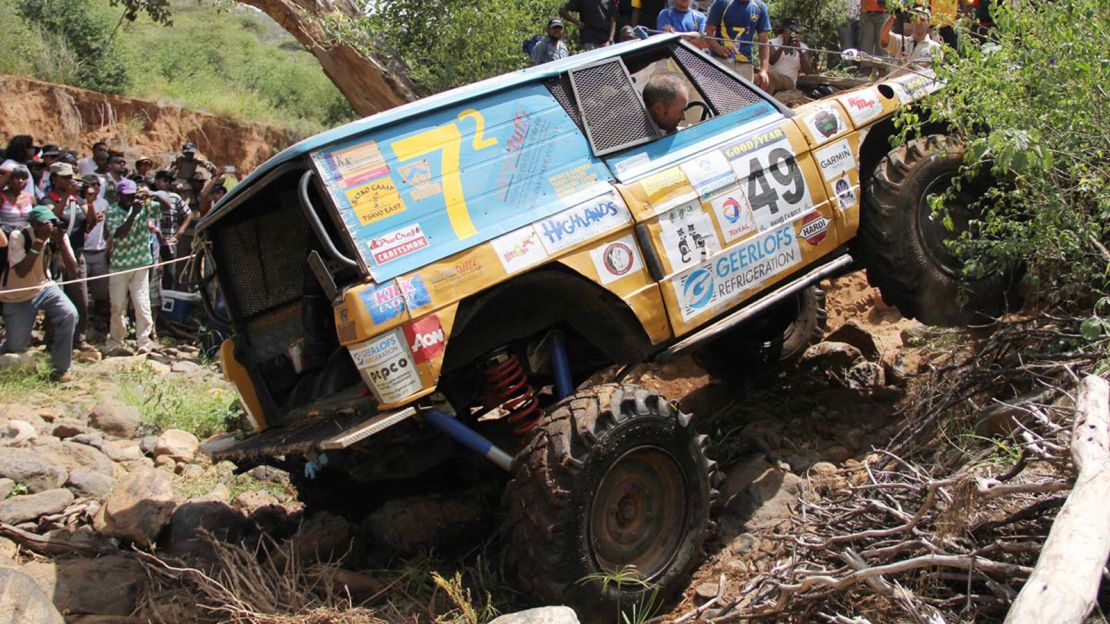
One hundred square kilometers of rough terrain, 10 hours, 13 check points, one map, one 4x4 and no set route. Reach the most checkpoints in the shortest distance for victory. Just watch for the lions.
This is Kenya’s annual off-road motor sport competition – the Rhino Charge. The precise location is kept secret until a few days before so competitors don’t go on sneaky reconnaissance missions.
The event is held every May or June, organized by The Rhino Ark Charitable Trust. The rally raises money for the conservation of Kenya’s Aberdare Ecosystem. Only 60 vehicles can participate in order to minimize environmental damage. The more cash you can put up, the more likely you are to get a place. Crews must be between two and six people.
Rhino Charge, Nairobi; +254 (0) 20 213 6010 or 213 6011
7. Tackle a snake safari
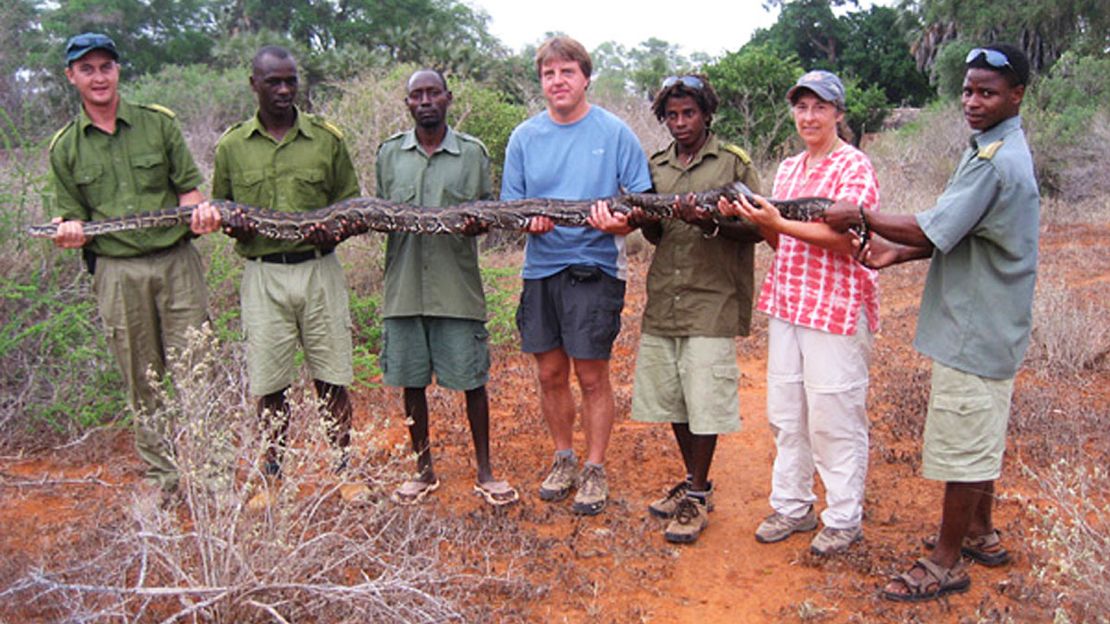
There are more than 100 snake species in Kenya, and snake safari outfit Bio-ken arranges tours to spot them in forests, riverbeds, rocky cliffs and mangroves.
The most popular package is a three-night snake safari along the banks of the Galana River. An alternative is the Big Five safari – a search for pythons, boomslangs, puff adders, cobras and mambas.
Some of Kenya’s top reptile experts lead the trip, the aim of which is to improve awareness and education about snakes and their role in the eco-system. Check out a video here.
The three-night snake safari costs $1,200 per person, per night. Prices of the longer Big Five safaris are tailored according to customer preference. The average price per person, per day is around $1,000, and includes full board and domestic transfers and flights.
8. Eat in a cave

Welcome to Ali Barbour’s Cave Restaurant in Diani, in a location thought to be around 120,000 to 180,000 years old. Diners can spot stars while sitting at a table 10 meters below ground in this open-air coral cave. In bad weather, sliding covers are placed over the holes in the roof to ensure a romantic evening.
The restaurant serves international cuisine, but specializes in seafood. Main courses start from around KES 900 ($10) for vegetarian cannelloni. The catch of the day will set you back KES 1,650 ($17) and lobster comes in at KES 3,950 ($39). Reservations required. Dress code is smart-casual.
This story was originally published in February 2013 and updated for content on July 2015.











